I want to provide a detailed answer:
To perform an unwind segue, go to the view controller that you want to segue to and add the following function; (the name can change of course)
@IBAction func unwindToMainMenu(segue: UIStoryboardSegue) {
}
Once you add this function, you will be able to see this unwind function from any view controller on your storyboard. Just right click on the exit icon on the top of any view controller.
If you want to perform unwind with a button, then you can cntrl + drag from the button to exit icon and choose your unwindSegue function. Done!

If you want to perform unwind programmatically, then cntrl + drag from the viewController icon to the exit icon and choose the unwind function.

Afterwards, open the Document Outline and click on the unwind segue.

Go to Attributes Inspector inside Utilities and give an identifier to your unwind segue.

Lastly, call the performSegueWithIdentifier function like the following;
self.performSegueWithIdentifier("goToMainMenu", sender: self)
Hope that helps!




